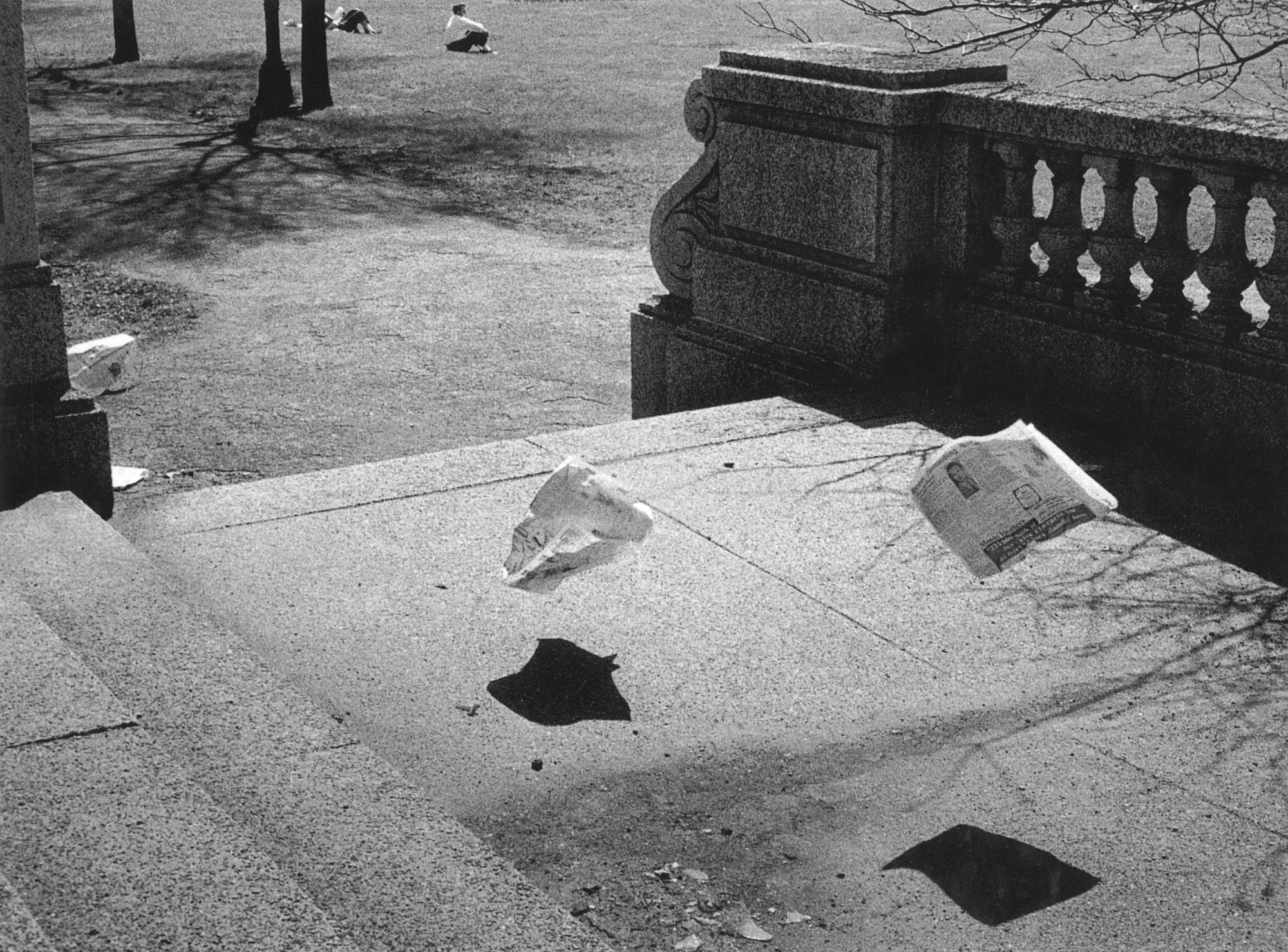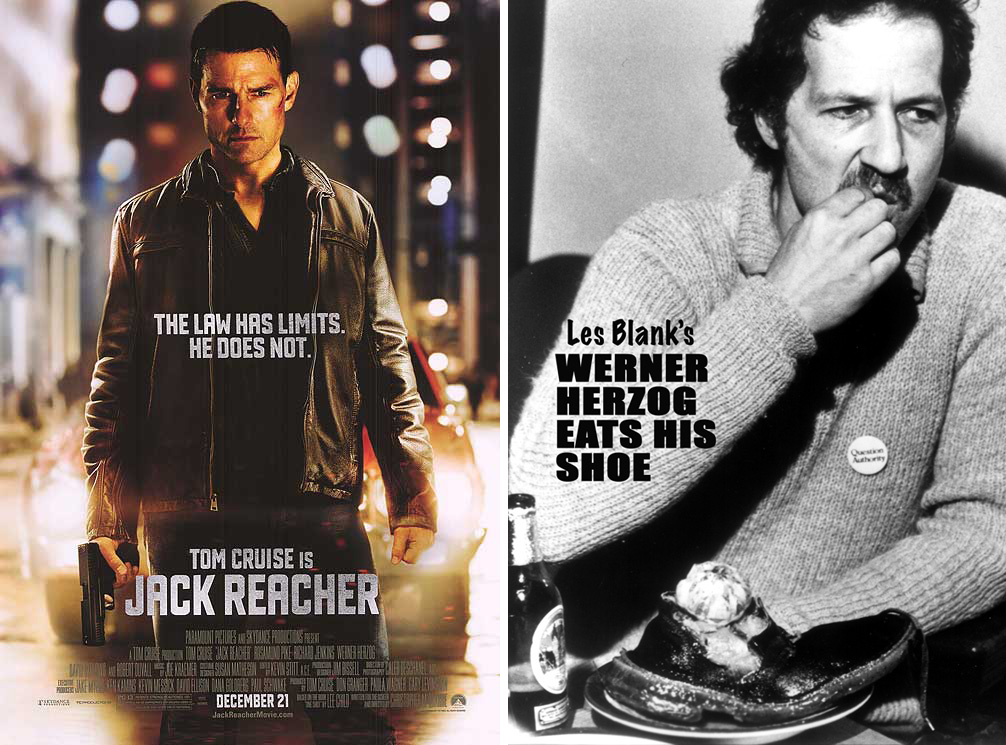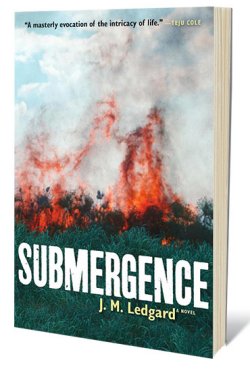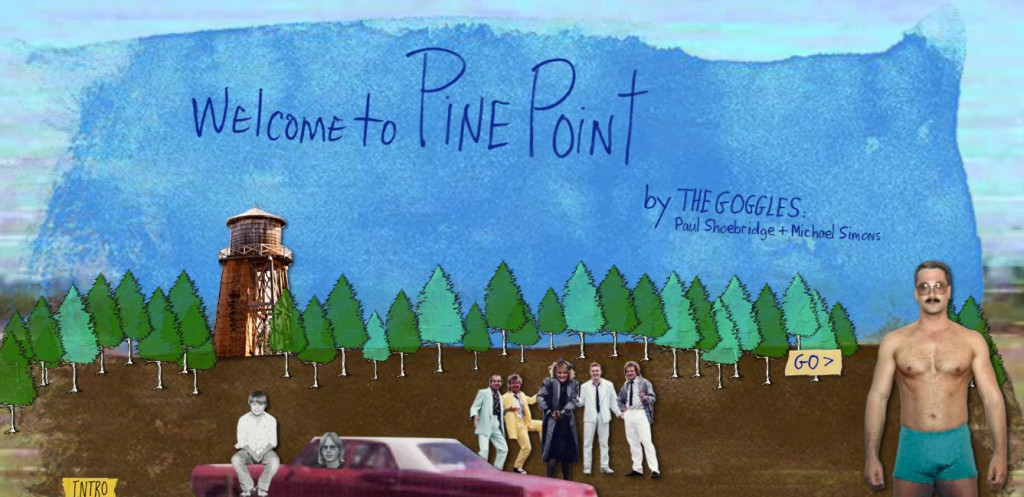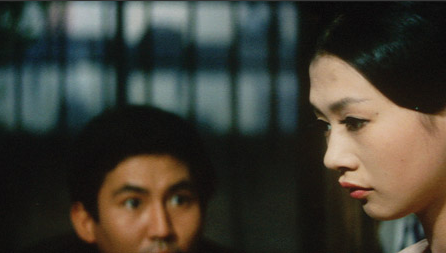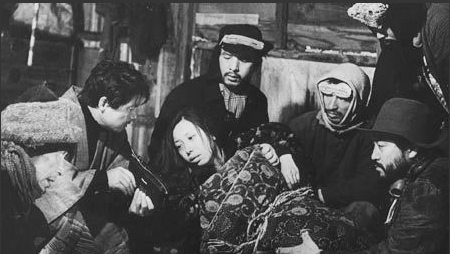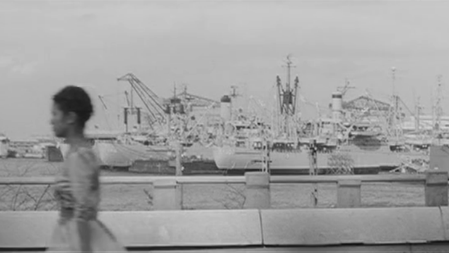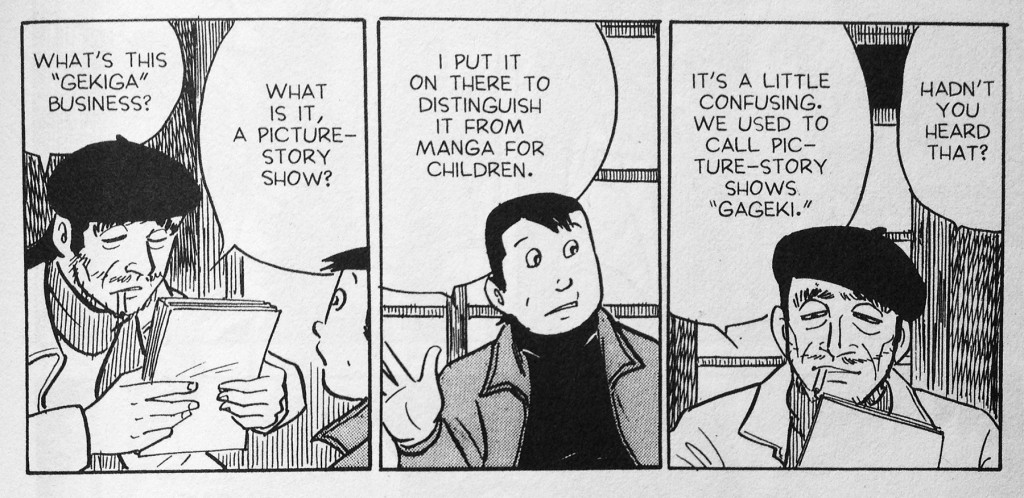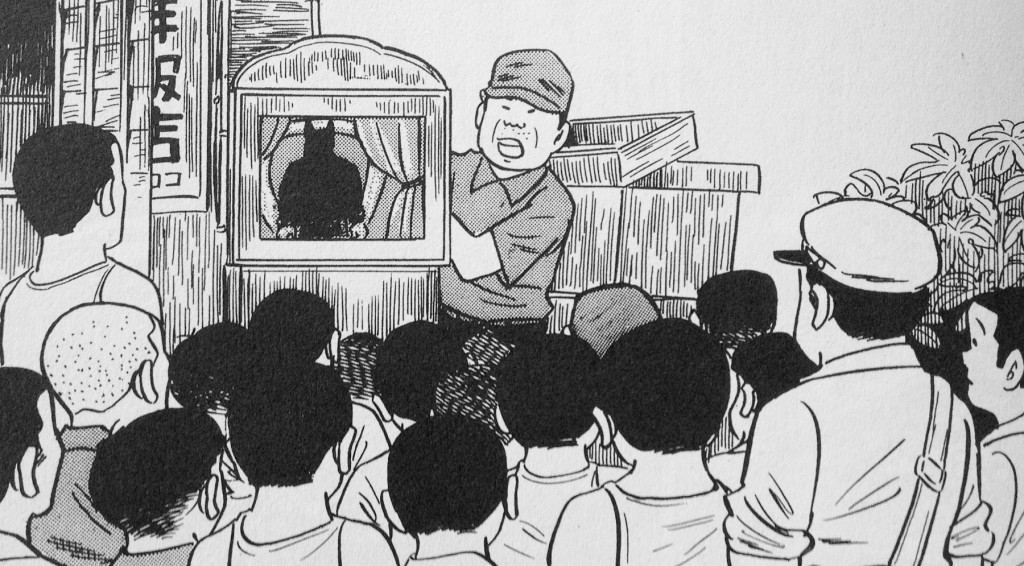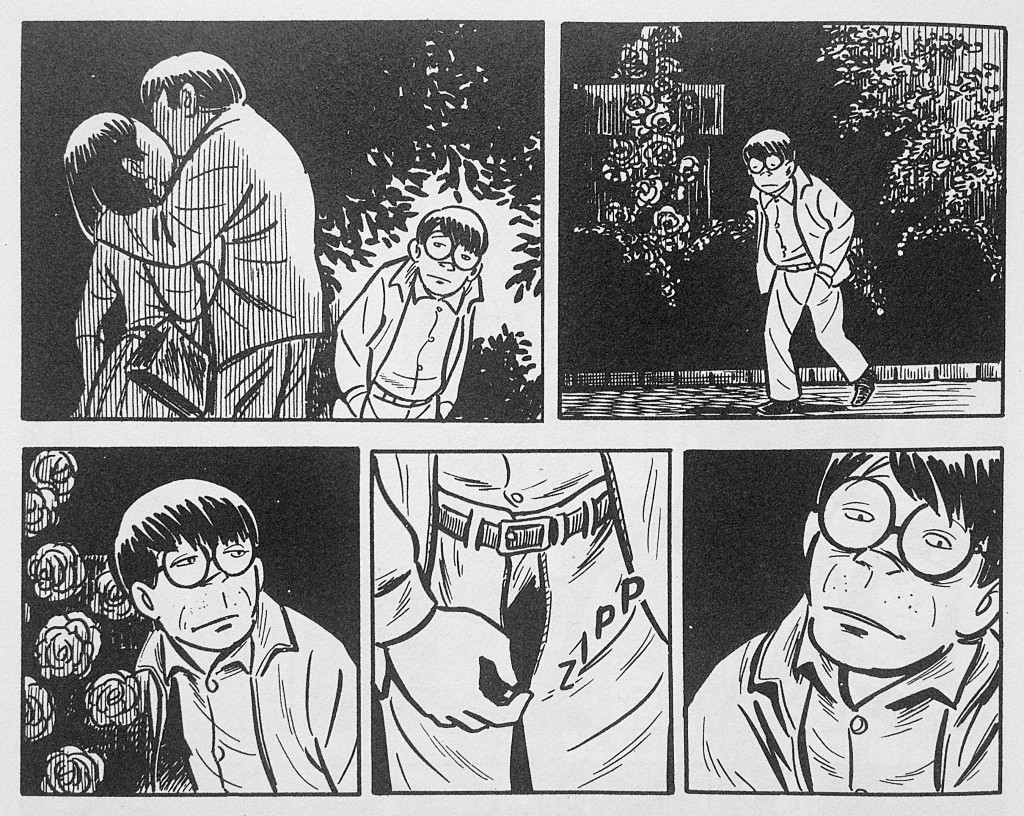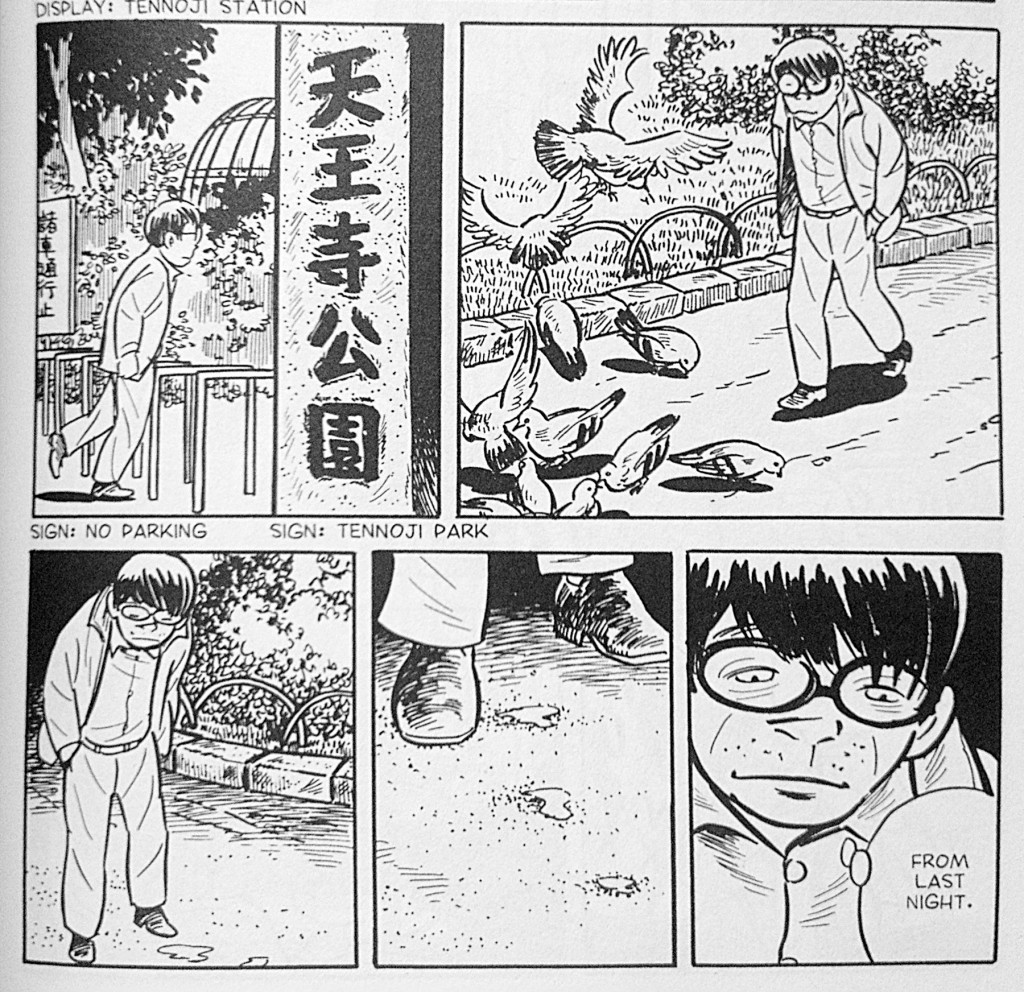The purpose of this weekly Popsicle assignment (I tell myself as I frantically write under a self-imposed deadline) is to remember to take pleasure in my cultural consumption. The truth is that there hasn’t been a lot of consumption these last couple of weeks. I’ve been too busy playing Ping Pong.
But I did manage a little bit of airplane magazine reading. It has been years since I’ve subscribed to a photo magazine, but the redesigned Aperture is a must read. Not only is it larger, thicker and more lushly printed than before, it is chock-full of text. After the endless waves of Insta-Tumblr, what a relief to be forced to shut my phone off on the plane and engage with thoughtful writing about photography.
The theme of the current issue is ‘Playtime’ and there are excellent pieces on Erwin Wurm, Christian Marclay, Jacques Tati, American conceptual humorists of the 60’s-70’s and contemporary Swiss photographers using comedy. But my favorite essay is ‘Photogeliophobia: Fear of Funny Photography’ by Tim Davis. “There are no published case studies of Geliophobia, the fear of laughter,” writes Davis, “but the History of Visual Art mostly is one. Despite how unbearable life would be without it, artists get anxious letting laughter leak into their work.”
Later in the essay Davis goes on to quote the patron saint of these Popsicle essays, George Saunders:
I just started writing these Dr. Seuss poems after seven or eight years of doing just Hemingway. And that night I just brought it home and threw it on the table…and after the kids were in bed I heard my wife laughing in the other room. Like Christmas morning I peeked around the corner and she’s laughing at my stuff, actually having pleasure in it…I had just written a 700 page novel…in a Joycean voice…so to see someone taking pleasure in it was just unreal…After that I said OK, so, you are heretofore permitted to be funny.
-George Saunders, The Sound of Young America Podcast
During the course of an interview with Araki last week in Tokyo, he looked at my book Sleeping by the Mississippi. “Why do you take pictures that are so sad,” he asked, “they all look like graves in a graveyard.” One of the answers, I suppose, is that I too have suffered from geliophobia. But in the years since working on Mississippi and Niagara, I’ve tried to loosen up and give myself permission to be lighthearted.
One result is LBM’s most recent book Ping Pong. This project came about after years of collecting vernacular pictures of my beloved semi-sport. The thing I cherish about these photos is their whimsy. Ping Pong isn’t boxing; it isn’t a brutal metaphor for our primitive aggressiveness. As Pico Iyer writes in the book, “Ping Pong is a lifestyle, a training in attention, a diversion, a mad passion and a way of not taking anything important too seriously and taking some tiny things much too seriously.”
Last Friday night LBM hosted a Ping Pong party in New York. In attendance I saw Paul Graham, Todd Hido, Susan Meiselas and many other acclaimed photographers. It was glorious to see all of these fantastic artists having fun and not taking themselves too seriously. I hope that now and again photographers allow themselves to convey this same spirit in their work.

